Join the VIP Teacher Club!
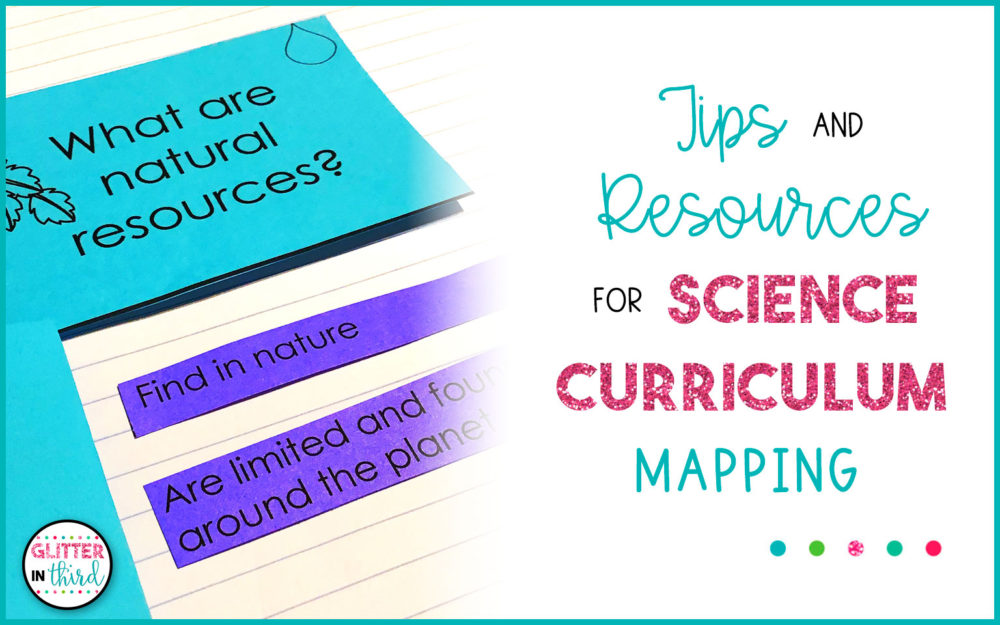
Looking for tips on science curriculum mapping?
No matter if you’re an experienced teacher or a teacher still in their first few years of the career field, yearly curriculum mapping can be very effective.
It can seem like an overwhelming undertaking before the school year begins, but by using a method that works for you and plenty of resources to supplement your curriculum along the way, you’ll feel empowered when it’s DONE! 🙂
I’m sure we’ve all experienced some “winging it” from time to time, but there’s nothing more frustrating than getting to the last few weeks of the school year and realizing you still have untouched units and standards to teach.
I hope this post gives you a few tips and steps to take in the right direction for science curriculum mapping!
I’ve included some of my best and simplest tips, as well as Science Resource Bundles for grades 2nd-5th!
Of course each grade is different, but you can expect to find activities that include science standards such as engineering practices, living systems and processes, space systems, matter, investigation, matter, force, motion, and energy.
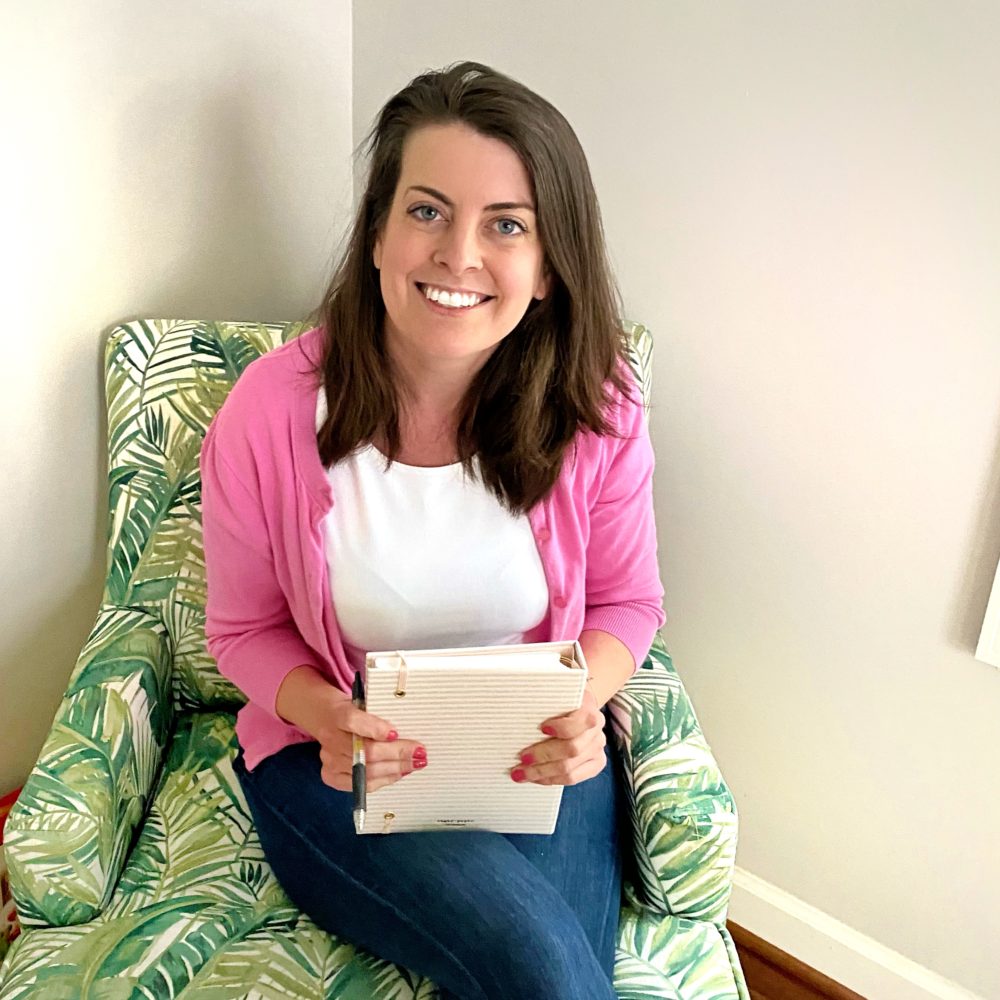
I highly recommend your first step in planning out your year be to hold a conversation with your administrator about essential areas to focus on.
For example, I know some schools are focusing more and more on project-based and STEAM learning.
Does your administration have a preference on your teaching style?
You can also take the time to discuss student performance from previous years.
Together, you’ll be able to create specific goals for your classes based on prior years’ data.

Once you have your teaching methodology and goals set, locate the curriculum resources and supplements you already have access to for each unit topic.
Doing this will allow you to see which units you need more activities and resources for and which you feel well prepared in.
This is also a good time to think about what consistencies you want to keep from unit to unit.
Do you want to give the same style of formative and summative assessments?
Do you want your homework and practice opportunities to look consistent?
If you’re looking for more consistency, you can totally check out the science resource bundle topics I previously mentioned!
Each topic is loaded with drag-and-drop, short answer, fill-in-the-blank, image searches, and create-your-own style templates to use over and over again.
You and your students will know exactly what to expect in the layout of activities from unit to unit, yet will get to learn more new content each and every lesson.
If you’d like to see a preview of each science bundle by grade level, you can find them here:
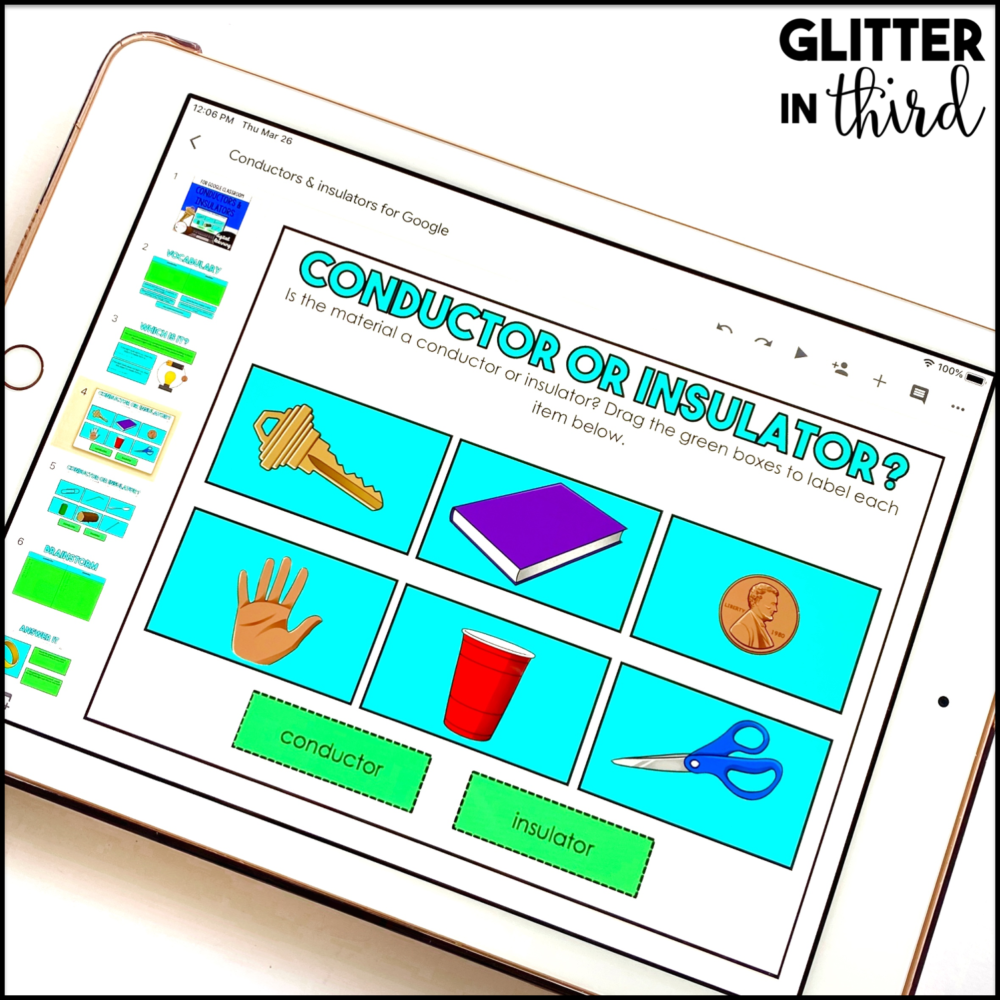
Once you have your overall goals and resources established, you’ll want to create measurable learning outcomes for your students.
As you plan your learning objectives for your units and lessons, what rubrics will you need?
How do you plan to give feedback to students throughout the entire learning process, and not just at the end?
Each resource in the science bundles includes an answer key – saving precious grading time for you. 🙂
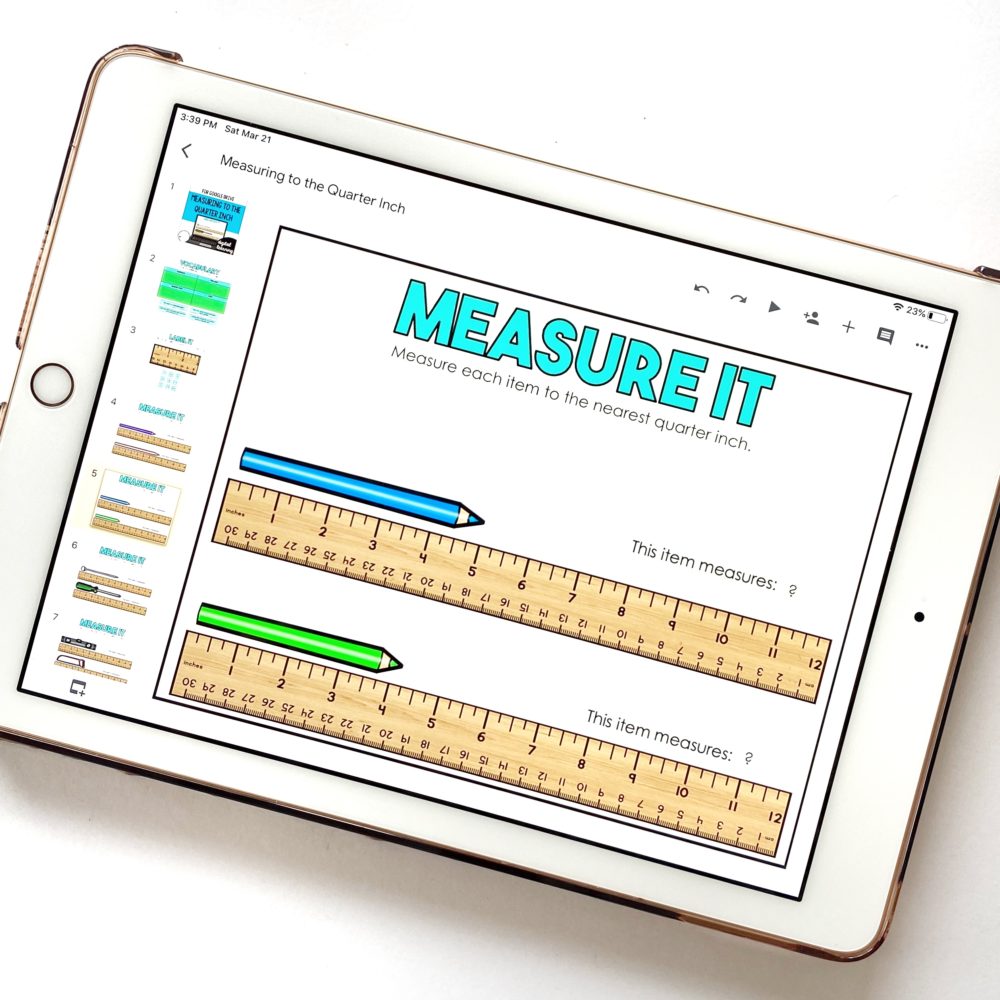
Who doesn’t love knocking out 2 standards at one time?!
As you go through your science curriculum mapping, I suggest looking at your math and reading plan, as well.
Math and reading are very simple subjects to integrate into science instruction.
Almost all project-based learning units incorporate some type of math and reading, but it’s important to actually plan for it so you know which standards you’re focusing on!
One of the simplest ways to integrate grammar and reading into science is through writing.
Have your students write out their hypotheses, or have them make inferences or predictions about what’s to come.
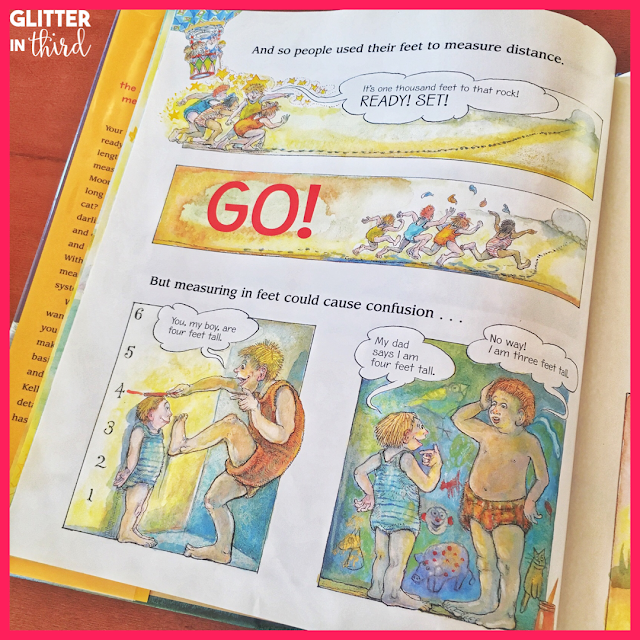
There are also tons of books you can use as read alouds for intros to the lessons.
Use measurement as a way to integrate math.
How much time has passed between the clouds changing?
You don’t have to have a plethora of supplies – simplicity can be just as effective! 🙂
Step 5: Create a Pacing Guide
If this is your very first year of teaching, this is tricky. 🙂
But don’t worry!
Even the veterans have to reevaluate their pacing guides from year to year as classes and abilities change.
I know the teacher who’s reading this is probably very organized, scheduled, and thrives off of routines and checklists, but we all know you can’t live and die by the pacing guide.
Be sure to allow buffer time in your pacing guide and throughout curriculum mapping in case some topics need to be re-taught or extra practice provided.
On the other side, your students may understand and fly right through some units!
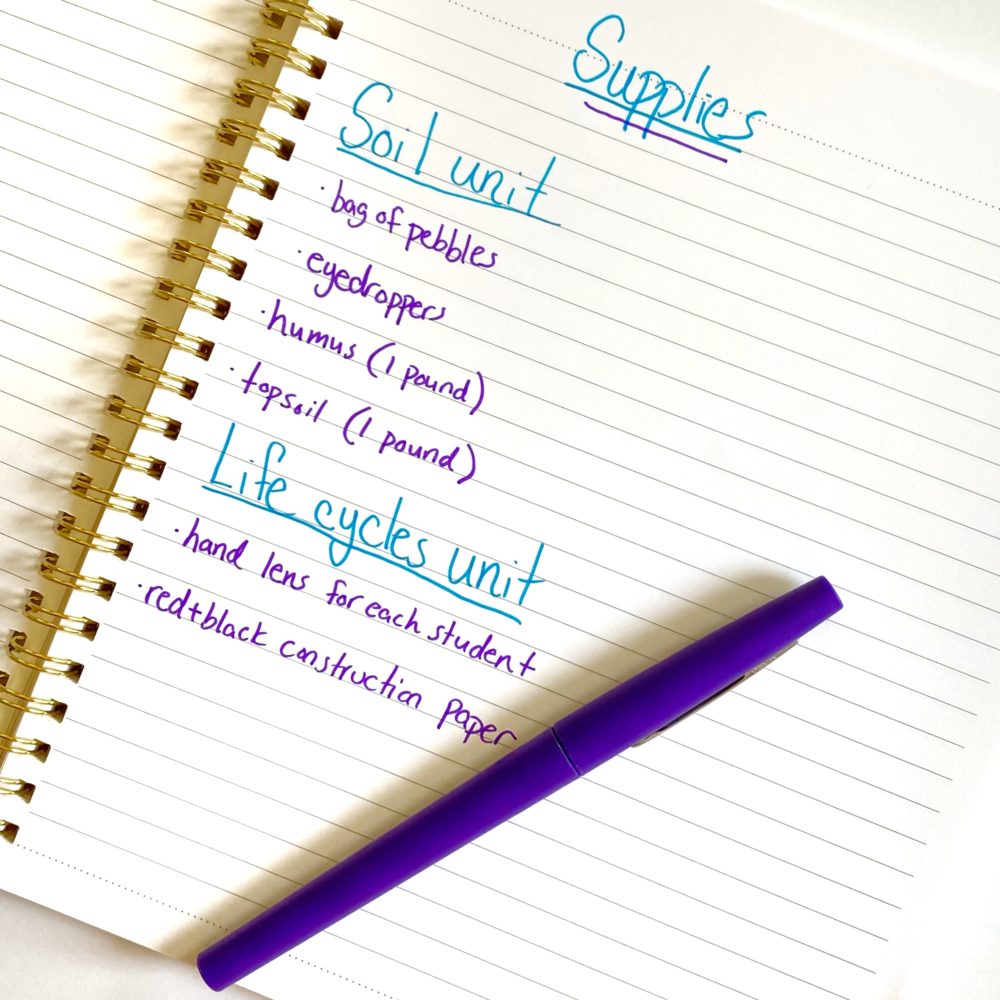
As you’re creating and planning your projects, it’s important to keep a running list of supplies you know are needed for each unit.
Talk to your administrator about your necessary supplies – typically each school has its own process for requesting funds and ordering materials.
Unfortunately, I know some teachers are on their own when it comes to buying supplies, but if you’re prepared far enough in advance, you may be able to ask local businesses for supply donations to help you with expenses and fulfilling your list!
Also making a “Giving Tree” or wishlist during back-to-school is a great way to get supply donations!
For example, if you’re planning on making an Oreo craftivity to learn the moon phases, simply add “paper plates” and “Oreos” to your Giving Tree! (Psst- I have a free activity template for this… learn more about it in the blog post).
So many parents will happily donate materials (and often have extras laying around the house!).
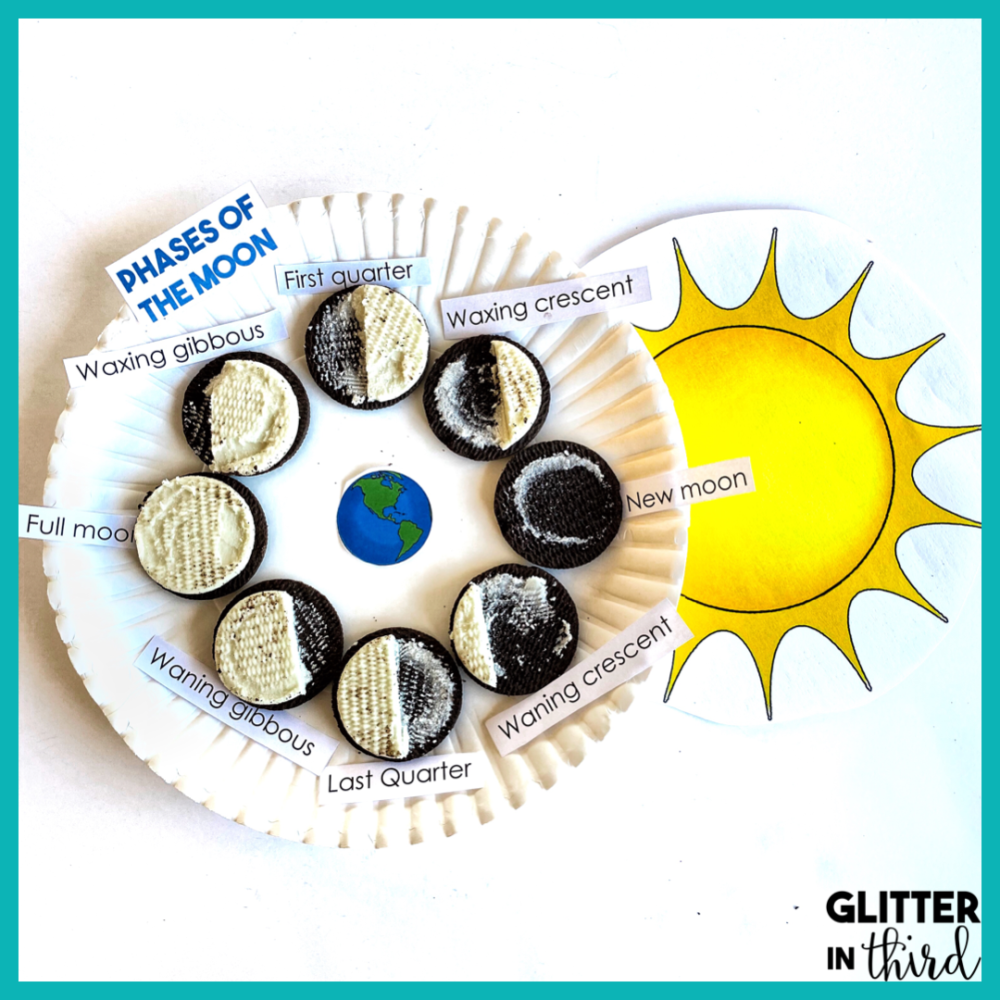
It’s true – there’s really no one who can take their same curriculum map and make it work from year to year without doing a little tweaking.
As you’re going through your curriculum, resources, and lessons in each unit, make it a point to take notes about what worked well and what didn’t.
Put these notes away with your curriculum map so you can learn from past years’ struggles and wins to see how you can adapt your lessons to make them even better!
For example, did you notice that your students gravitated toward hands-on projects, or digital projects?
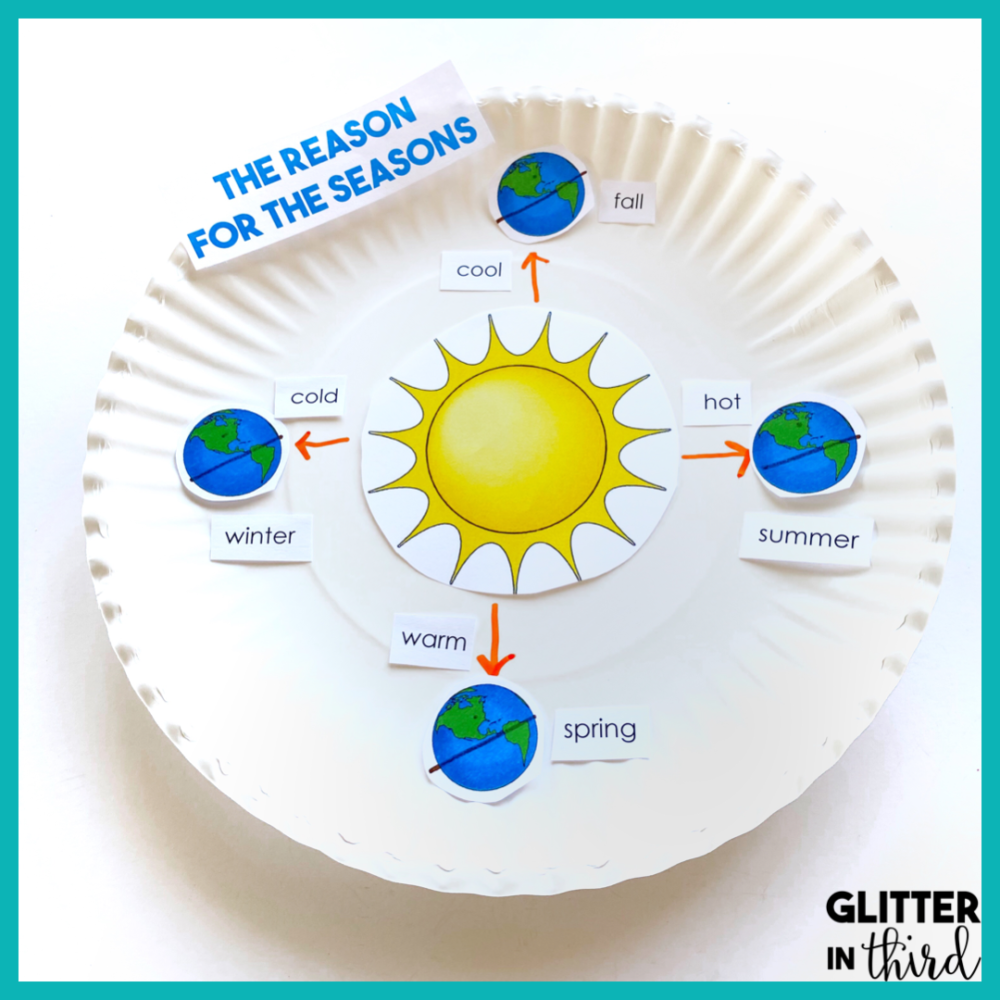
Psst…. if you want a free hands-on project for rotation and revolution of the Earth... fill out your deets below to get my Reason for the Seasons craftivity!
As I mentioned in the tip about your pacing guide, always leave room to stay flexible.
As much as we wish we could know how long things will take, there’s just no way to. 🙂
The best you can do is to just be prepared.
I hope these general tips and science resource bundles save you tons of time and make your curriculum mapping a productive experience!
If you need links to the various grade-level science resource bundles I have, click below!
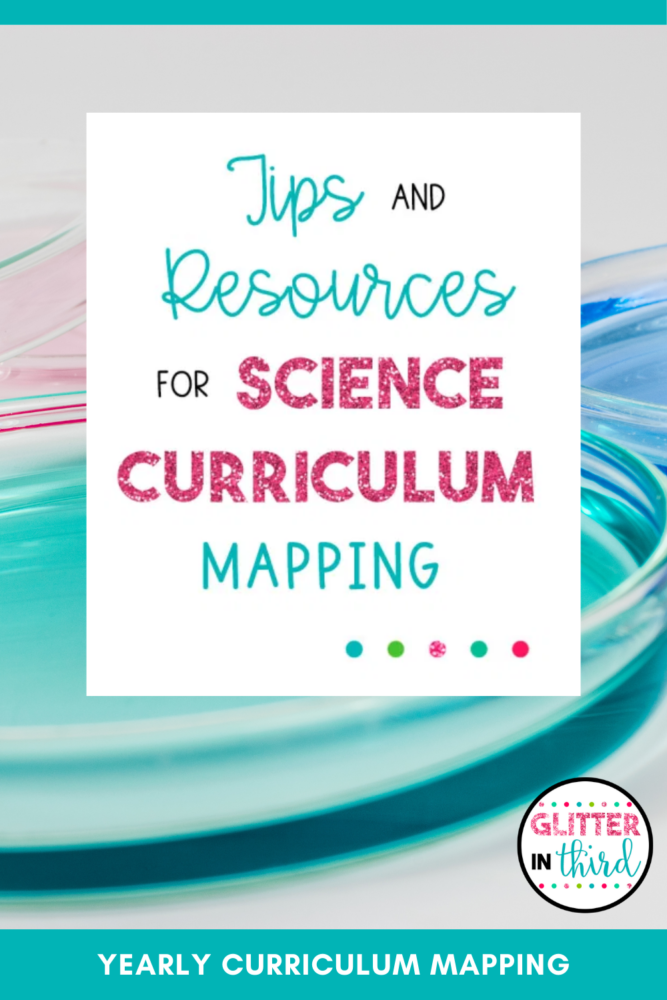

Hey there, I’m Kelly! I I love helping teachers save time with technology and resources so they have more hours in the day to spend with family and friends. Take a look around to find new ideas that you can implement in your classroom today!